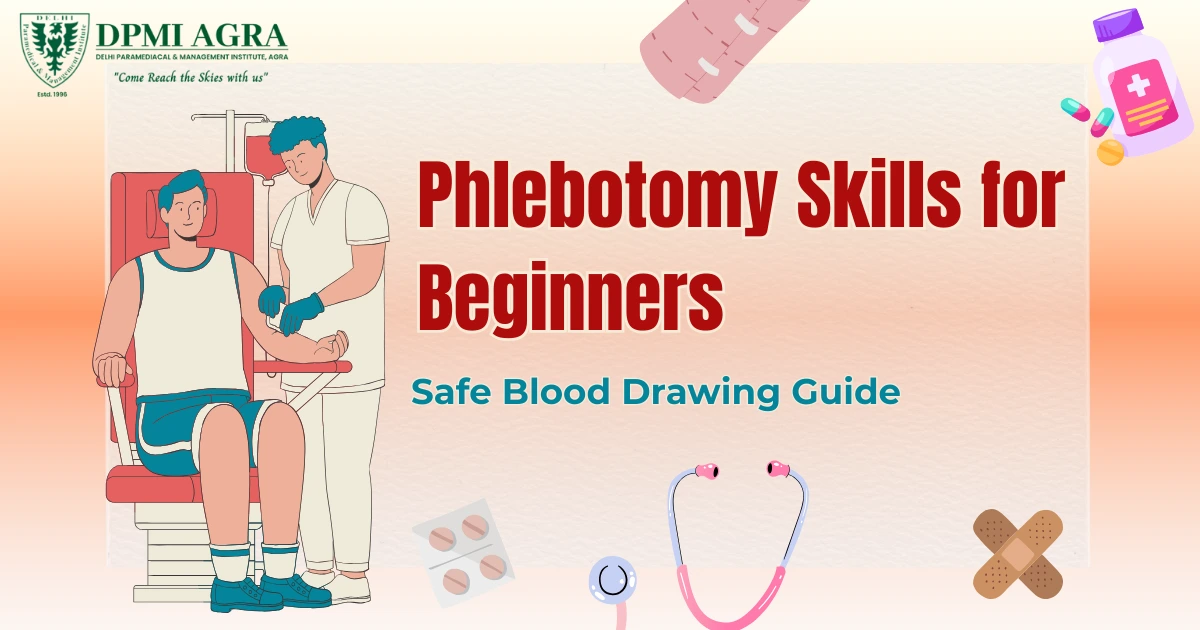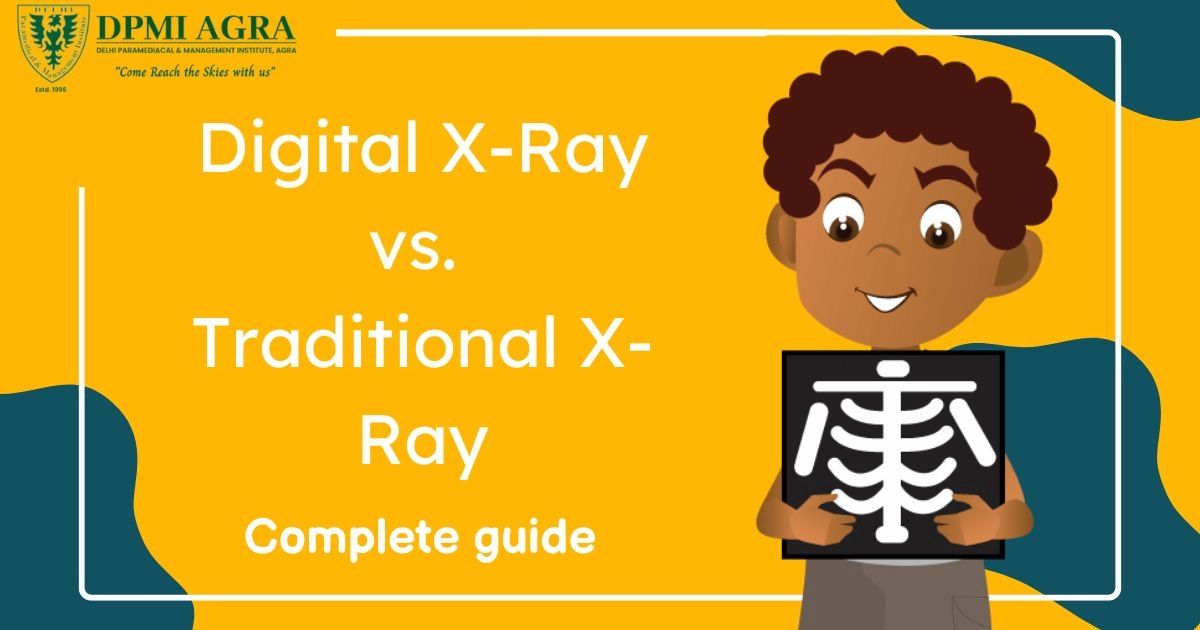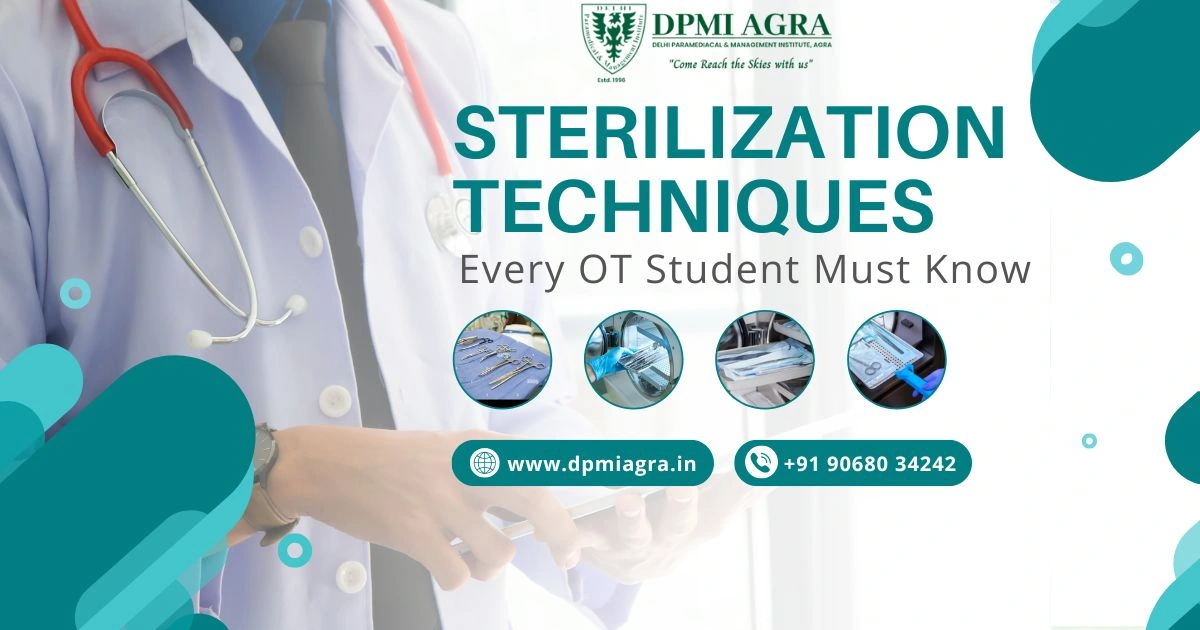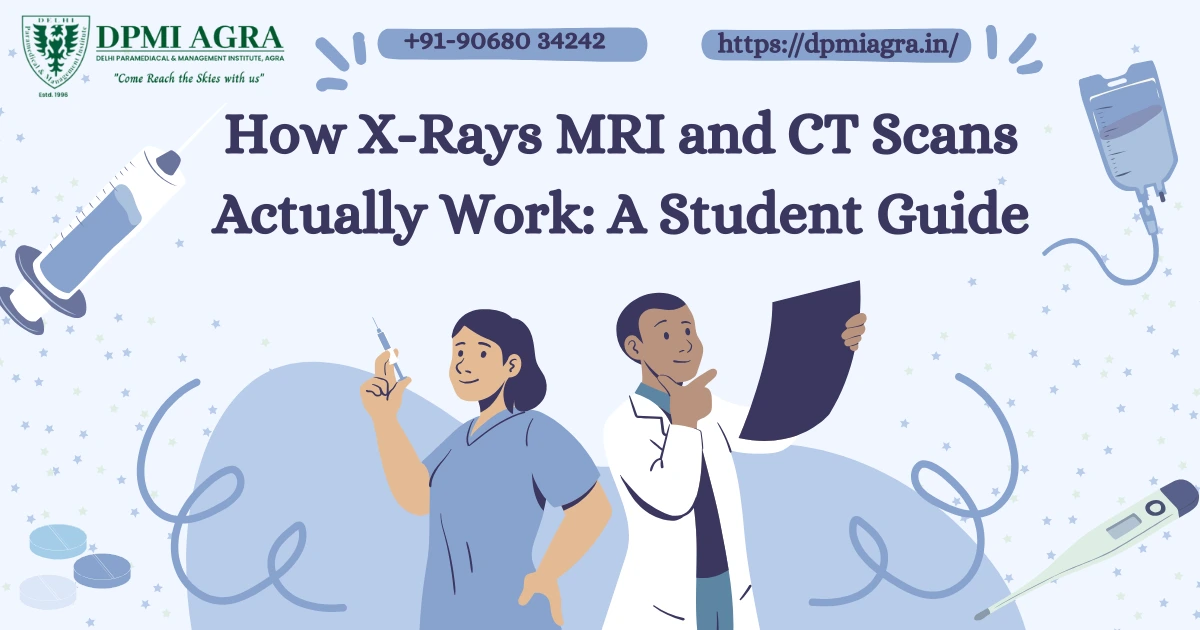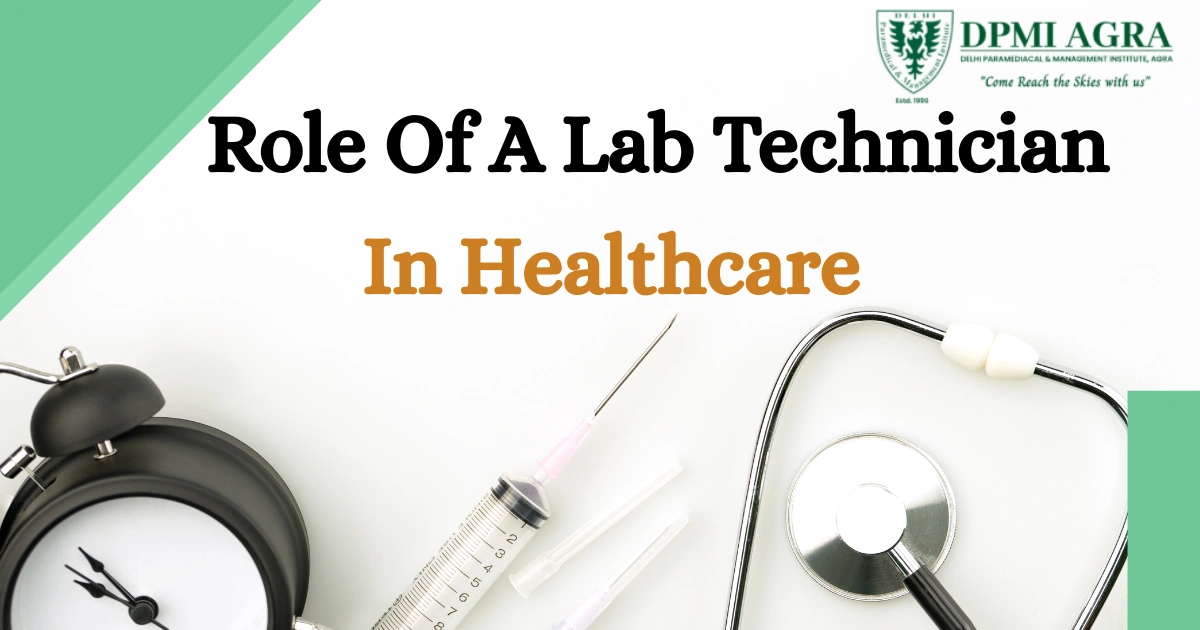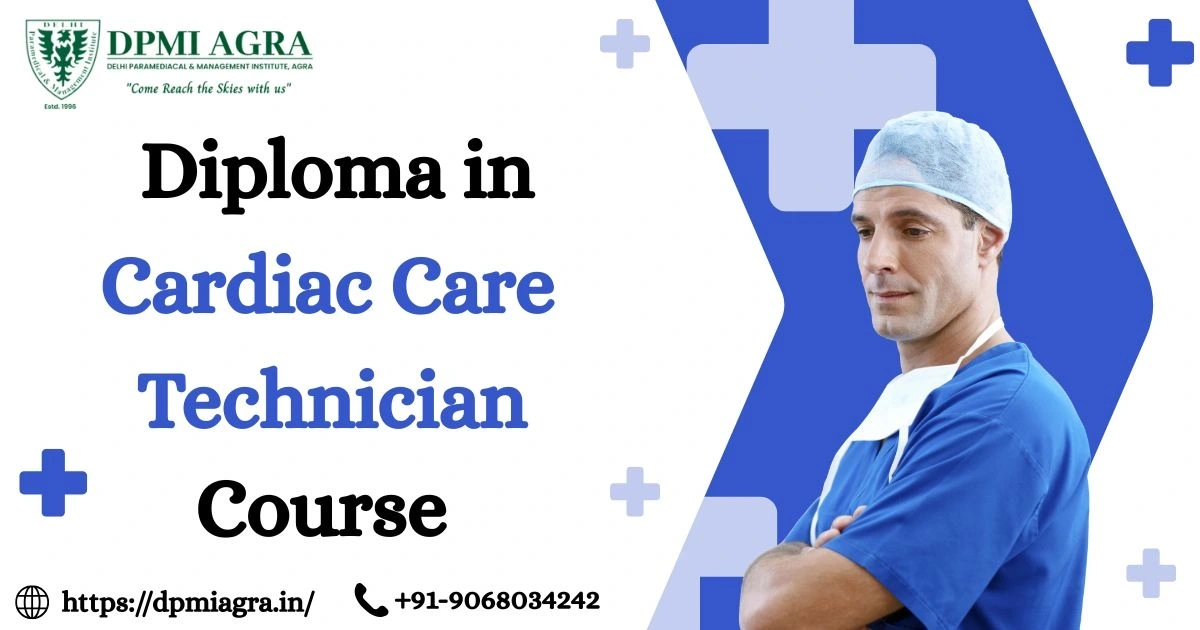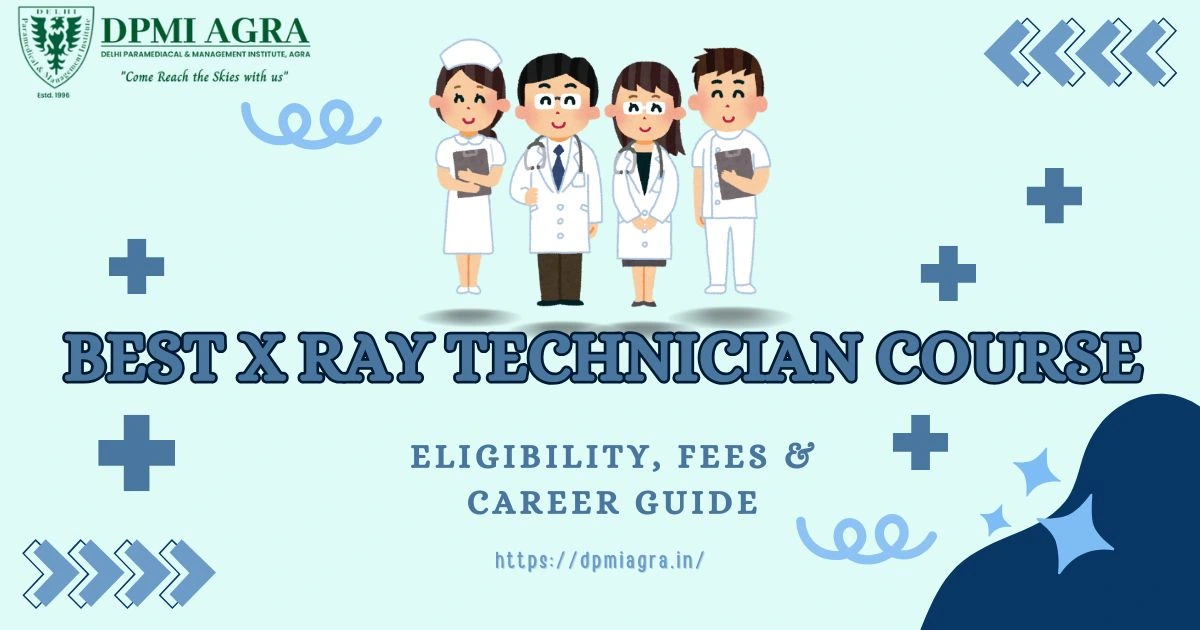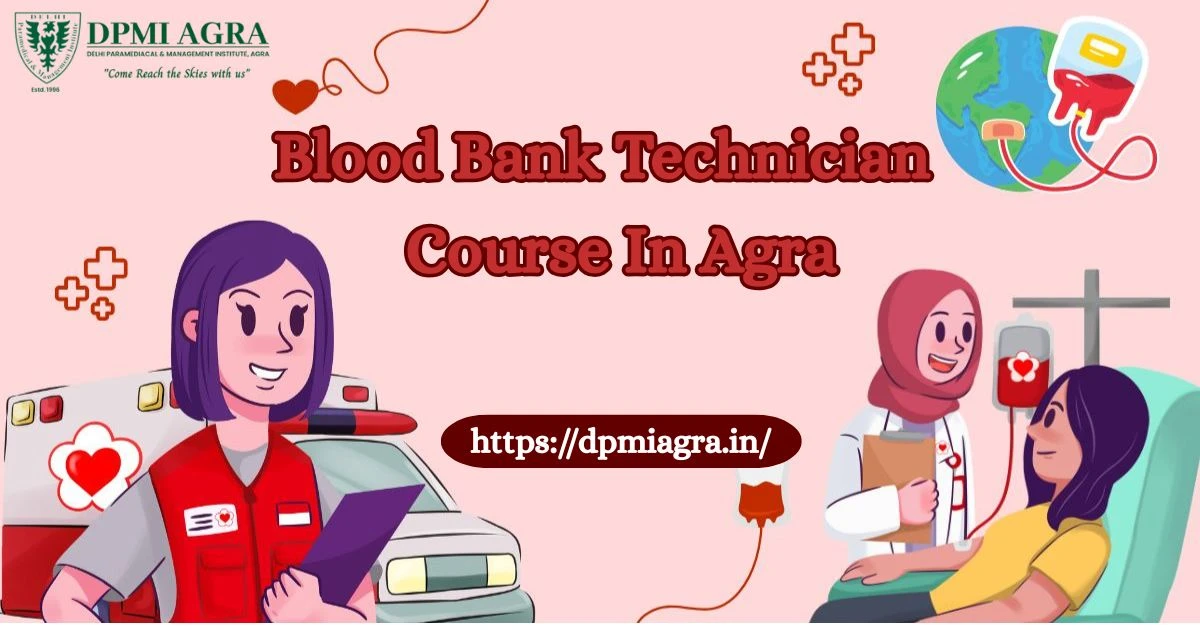Phlebotomy Skills for Beginners – Safe Blood Drawing Guide
Why Phlebotomy Matters & Who Needs It
Blood tests are among the most common medical procedures worldwide. Whether it’s for routine health check-ups, diagnosing illnesses, or monitoring treatment, drawing blood (phlebotomy) is the bridge between patients and reliable laboratory diagnostics. For beginners students, trainees, or newly hired lab technicians mastering Phlebotomy Skills for Beginners is vital to ensure accuracy, safety, and patient comfort. At DPMI Agra, we believe proper phlebotomy training helps reduce risks for patients and healthcare workers while improving lab quality and trust.
What is Phlebotomy? — The Basics
- Definition: Phlebotomy (or venipuncture) is the process of inserting a needle into a vein to collect blood.
- Uses: Routine lab tests, blood donation, therapeutic procedures (e.g. for conditions like polycythemia).
- Why safe technique matters: Each needle insertion, if mishandled, can lead to bruising, hematoma, nerve or artery injury, or even exposure to bloodborne pathogens.
Essential Phlebotomy Skills for Beginners
To draw blood safely and effectively, beginners must build a set of core competencies:
- Anatomy knowledge — understanding vein location (typically antecubital fossa), vein depth, and anatomical landmarks.
- Aseptic technique — proper hand hygiene, glove use, disinfecting the puncture site.
- Needle handling skills — correct angle, depth, and steadiness when inserting and withdrawing the needle.
- Patient communication — explaining the procedure clearly, calming anxious patients, ensuring patient waits after draw.
- Sample handling & labeling — correct tube filling, proper labeling, immediate labeling to avoid misidentification.
- Post-draw care — applying pressure, bandaging, giving post-care advice (e.g. drink fluids, avoid heavy lifting).
- Waste disposal and sharps safety — using sharps containers, avoiding needle-stick injuries to self or others.
These foundational skills, when combined, constitute your Phlebotomy Skills for Beginners toolkit.
Step-by-Step Blood Drawing Procedure
| Step | Action | Key Safety Tip |
|---|---|---|
| 1. Greet the patient and verify identity | Confirm name and details | Prevent misidentification |
| 2. Wash hands, wear gloves, clean puncture site | Use alcohol swab in circular motion | Prevent infections |
| 3. Apply tourniquet (not too tight) | Identify vein | Do not leave too long — risk of hemoconcentration |
| 4. Insert needle at ~15–30° angle | Smooth, confident insertion | Avoid multiple punctures; reduces pain + bruising |
| 5. Collect blood, fill tubes, mix gently (if required) | Follow lab order of draw | Avoid hemolysis or cross-contamination |
| 6. Remove tourniquet before withdrawing needle | Minimize vein trauma | Helps reduce hematoma risk |
| 7. Apply gentle pressure after removal | Place cotton + bandage | Prevent bleeding / bruising |
| 8. Label sample immediately & store correctly | Use barcode/label | Prevent pre-analytical errors |
Common Complications & How to Avoid Them
Even with care, complications can occur. Beginners must be aware and trained to handle or avoid them:
| Complication | Incidence / Notes | Prevention / Best Practice |
|---|---|---|
| Hematoma / Bruising | Up to 12–25% in routine venipuncture; higher (25–75%) when technique is poor or in donors. | Apply firm pressure, avoid removing needle while tourniquet still tight, use correct needle size. |
| Fainting / Vasovagal reaction | <1–5% depending on patient anxiety level. | Help patient recline or sit, monitor vital signs if needed; reassure and hydrate. |
| Needle-stick injury (for phlebotomist) | Globally, 8–10% of HCWs report at least one sharps injury yearly; many more go unreported. | Use safety-engineered devices, follow sharps disposal protocol strictly. |
| Sample errors (hemolysis, mislabeling) | Major source of diagnostic mistakes: pre-analytical errors now leading in lab mistakes. | Label immediately, avoid hemolysis by gentle mixing, avoid delays in transport. |
| Repeated sampling → anemia | In ICU patients, repeated phlebotomy may lead to iatrogenic anemia. | Draw only necessary volumes, consolidate tests where possible. |
Important fact: According to a 2025 review, blood collection errors from mislabeling to hemolysis remain a major cause of diagnostic inaccuracy, patient harm, and increased costs. Thus, mastering proper phlebotomy technique is not just a skill it’s a safeguard for patient safety, lab quality, and occupational health.
Pre-analytical Errors: The Hidden Threat to Lab Results
Pre-analytical errors occur before the actual lab analysis — typically during blood draw, labeling, transport, or storage. These errors contribute significantly to diagnostic errors and medical mistakes.
Here’s why pre-analytical accuracy matters:
- Mislabelled or misidentified samples may lead to wrong test results for the wrong patient potentially catastrophic.
- Poor technique may cause hemolysis, altering lab values (e.g., potassium, enzymes) and leading to misdiagnosis.
- Delay in transport, incorrect tube type, or contamination can invalidate the sample altogether.
Phlebotomy Skills and Career Pathways
For beginners learning phlebotomy like undergraduates, paramedical students, or lab assistants mastering Phlebotomy Skills for Beginners is often the first step in a long career. At DPMI Agra, we find that students who learn phlebotomy often explore broader healthcare careers.
For those considering higher studies: the choice between BSc Nursing or Paramedical and Paramedical vs Nursing pathways often begins with exposure to basic clinical procedures like phlebotomy. Some may ask Is NEET Required for Paramedical Courses typically, many paramedical diploma courses do not need NEET, which opens access for many aspirants interested in lab work over clinical practice. A strong base in phlebotomy helps pave the way for advanced roles: lab technologist, medical lab scientist, or transfusion services.
Conclusion
Mastering Phlebotomy Skills for Beginners is more than a technical task it’s a responsibility. Whether you are a student, lab assistant, or aspiring healthcare professional, safe blood drawing ensures patient safety, diagnostic accuracy, and professional credibility. At DPMI Agra, we offer practical training and guidance on phlebotomy along with broader paramedical skills to help you grow. If you’re ready to build a solid foundation in phlebotomy and explore whether BSc Nursing or Paramedical is your path consider enrolling in our next batch.

